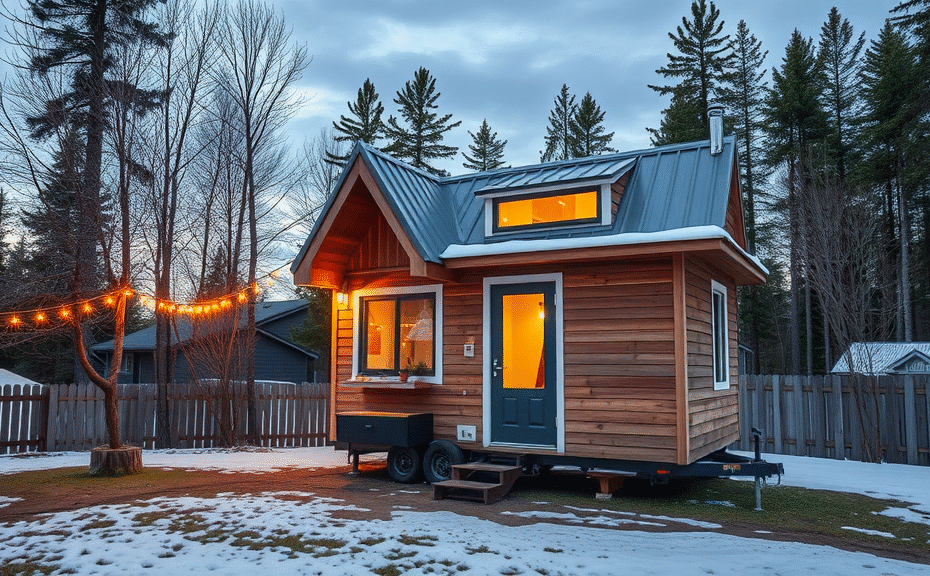Popularity of Tiny Houses in Canada
Living in a tiny house has gained significant traction in Canada over recent years. As urban housing prices soar and environmental consciousness rises, many Canadians are exploring compact living as a sustainable, affordable alternative. Tiny houses, typically ranging from 100 to 400 square feet, offer a minimalist lifestyle that appeals to millennials, retirees, and eco-conscious individuals alike.
Several factors contribute to the growing interest in tiny homes across Canada:
- Affordability: Compared to traditional homes, tiny houses require less investment and lower utility costs.
- Mobility: Many tiny homes are built on trailers, providing the flexibility to relocate easily.
- Environmental Impact: Smaller living spaces typically consume fewer resources and produce less waste.
Legal Status of Tiny Houses in Canada
While tiny houses are popular, their legal status varies significantly depending on the province, municipality, and even local zoning laws. In Canada, there is no single, nationwide regulation governing tiny houses. Some key legal considerations include:
- Building Codes: Tiny homes must often meet provincial building codes that may not be specifically designed for small dwellings.
- Zoning Restrictions: Many municipalities restrict where tiny houses can be placed, often prohibiting them in residential zones not designated for small or mobile units.
- Foundation vs. Mobility: Tiny houses on wheels are sometimes treated like RVs, while those on permanent foundations must adhere to traditional home standards.
Despite these challenges, some Canadian cities have embraced tiny houses through pilot projects and flexible zoning laws, allowing for backyard cottages and affordable housing solutions. Prospective tiny house owners should research local bylaws carefully to ensure compliance before investing.
